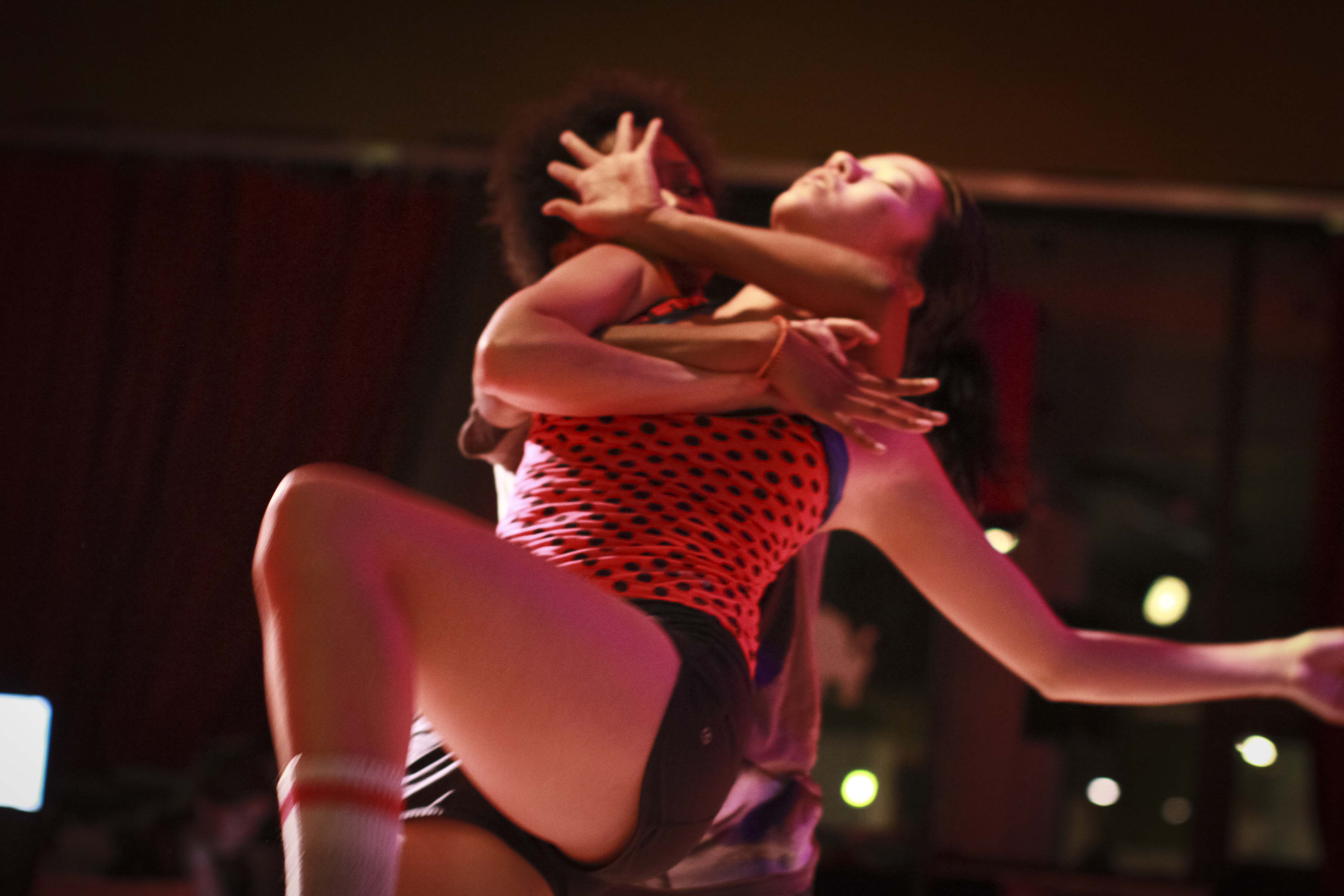Accidental social media poets gaining credibility in the arts scene
Social media: the beast without a conscience, a filter, or any real artistic relevance. In fact, its use normally invokes a sense of mindlessness, of inane commentaries or agenda-pushing statuses. But for 22-year-old Los Angelean and creative prodigy Mira Gonzalez, Twitter became a creative vehicle, a prompt to produce a collection of succinct, self-aware poems that would become part of a movement that I’ll refer to as “Twitterature.”
In her own words: “hell hath no fury like a woman on social media.”
Gonzalez writes with a bald, almost vile honesty about topics like drugs, sex, loneliness, self-loathing and recklessness. Most are anecdotal, based off of her own experiments with prescription drugs, loneliness and sexual trysts with unconventional men. Her Twitter feed is a collection of pithy and darkly humorous updates, which she amassed into an anthology, i will never be beautiful enough to make us beautiful together, published by Sorry House in 2013. However, after Lena Dunham instagrammed a photo of the book earlier this year, Gonzalez became more visible—and distinguishable—among her literary peers.
Her publisher’s description of her work states that she is “brutally honest to the point of appearing unhinged or wildly fantastic,” and a who’s-who of readers have come forward to acclaim her brazen and nervy approach to daily activities and thoughts. Blake Butler, writer and editor of HTML Giant, said it straight in his review of the anthology: “It’s messed up and feels honest, open, like lying naked on the floor with your arms chopped off.”
More established poets denounce this form of self-expression, claiming that it glorifies and beautifies depression and self-damaging, self-deprecating habits. They are also ruffled by the non-exclusivity of this type of movement. Twitterature, for the most part, threatens those people who write heavily veiled, heavily nuanced pieces of work. The simplicity of Gonzalez’s poems cause some to question their depth. Her lack of formal education also brings her talent and understanding of literature into question.
Also, they’re readily available to reject stanzas like “he said ‘I’m gonna come on your stomach’ 15 to 20 times while/ breathing heavily and putting his penis on different parts of my stomach/ every time I attempted to touch his penis he moved my hand away/eventually I gave up on trying to interact with his penis/ he never came on my stomach/also he was afraid of elevators.”
But aside from style and overall pretension, Gonzalez and other Twitterature figures are distinguished by their openness and honesty. In an interview with Vice, she stated that hiding the truth about her drug use would be hiding a part of who she is. Twitterature is less involved, less focused on the overall impact or analysis of the work, rather than putting the poetry into the public domain in a non-exclusive, somewhat ubiquitous way. The “club” or “venture” itself isn’t discriminatory. Gonzalez tweeted, quite candidly, that “being a poet is cool if you like being poor and unhappy.” The emphasis of her work is honesty and impact.
Gonzalez also warns us, and her publishers, to look out for her next manuscript: “a piece of paper that says ‘can i have money’ written in my own blood.”
